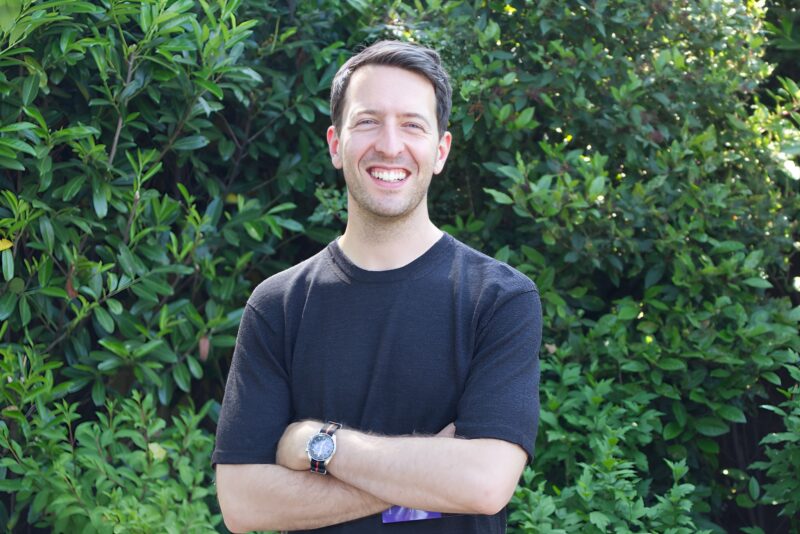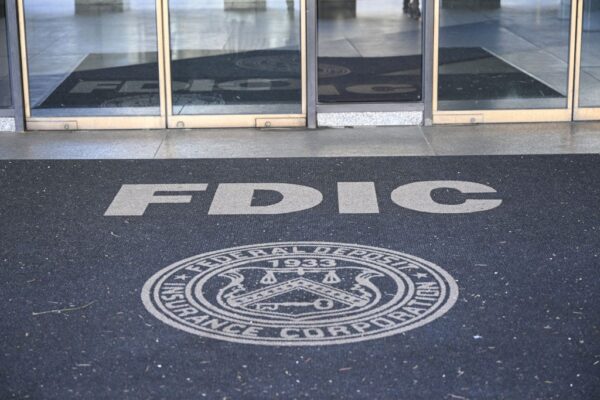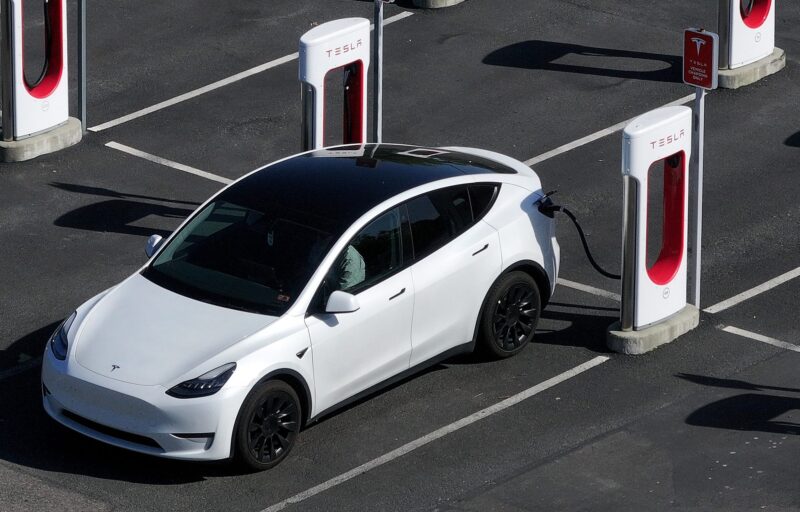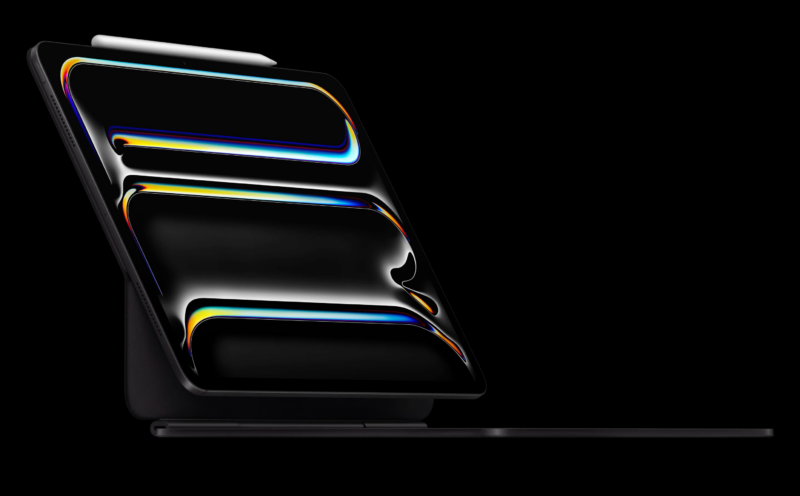- Daylight saving time has been linked to a host of mental and physical health issues.
- It can put people at greater risk for cardiovascular conditions and is the reason why some individuals experience seasonal affective disorder.
- Although it was invented to save energy, we actually use more electricity once DST starts.
It’s that time of year again: daylight saving time (DST) goes into effect on March 10 in most of the US, parts of Canada, and a handful of island territories. If you live in an area that engages in daylight savings, prepare to lose an hour of sleep on Sunday morning when clocks leap from 1.59 a.m. to 3.00 a.m.
While “springing ahead” means more daylight in the warmer months, some dread the time change because it can have negative ramifications on health and well-being.
From sleep deprivation to seasonal affective disorder, here are 10 reasons why some people hate DST.
Daylight savings can cause sleep deprivation.
Given that light is our primary time cue, it’s no surprise that we alter our circadian rhythm (aka the sleep/wake cycle) by springing the clock ahead an hour. That’s why the effect that daylight saving time can have on our internal clocks is similar to the jet lag we experience when traveling to a different time zone.
DST may have a less drastic effect on our sleep patterns than, say, traveling across the Atlantic, but the impact isn't exactly negligible: Americans sleep about 40 minutes less the night after DST begins, according to research conducted at Michigan State University.
"Most of us end up losing 40 to 50 minutes of sleep those first few days - and as a nation that's significantly sleep deprived to begin with, even that little change can impact health," Sandhya Kumar, assistant professor of neurology and medical director of the Sleep Disorders Center at Wake Forest Baptist Medical Center in North Carolina, told Health magazine.
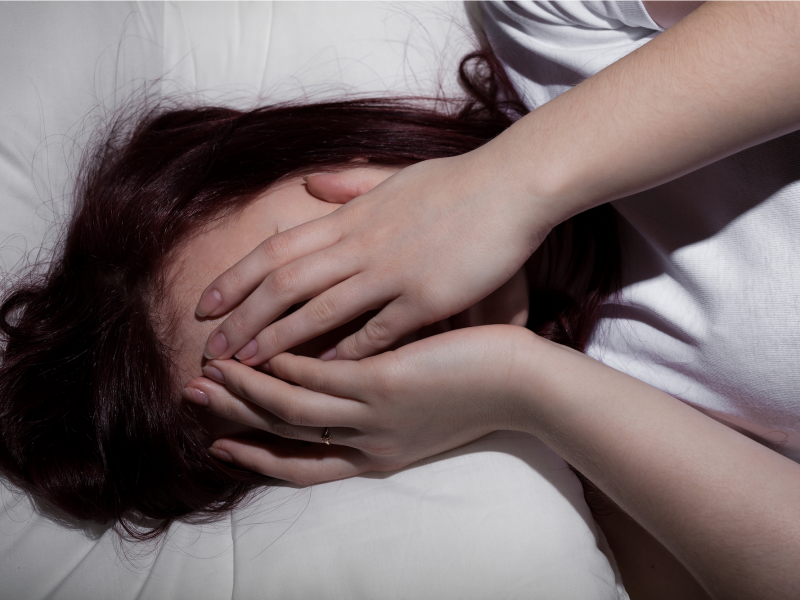
It can also take a toll on mental health.
A 2014 study in Germany, published in the journal Economics Letters, indicates a direct connection between DST and individual well-being. According to the abstract, researchers found "that self-reported life satisfaction deteriorates after the transition to DST." The effect is even more profound for people who are employed full-time.
On a more somber note, DST has also been correlated with an increase in suicide rates, according to an Australian study published in 2008 in Sleep and Biological Rhythms. After examining suicide data from 1971 through 2001, researchers concluded that male suicide rates in particular tend to escalate after DST begins.
DST can put people at greater risk for cardiovascular conditions.
Daylight saving time can put people at greater risk for heart attacks (myocardial infarction) and, possibly, strokes.
A 2014 study in the journal Open Heart found that on the Monday after DST begins, 24% more people have heart attacks than on other Mondays throughout the year. On the flipside, the study noted a 21% decrease in heart attacks the Tuesday after DST ends.
Additionally, a preliminary study conducted in Finland links higher stroke rates with DST. Researchers found an 8% increase in stroke incidence for two days following the spring and fall time changes.
It can lead to an increase in workplace injuries.
While you're not likely to incur injuries at your office, DST could spell trouble for those whose jobs involve physical labor.
Using data on mining accidents from the National Institute for Occupational Safety and Health, a 2009 study in the Journal of Applied Psychology illustrates an increase in the incidence and severity of workplace injuries on Mondays immediately following the switch to DST.
Additionally, the 2013 Bureau of Labor Statistics' Survey of Occupational Injuries and Illnesses reported a rise in injuries in the summer months - and a decrease in November and December, after a return to standard time.
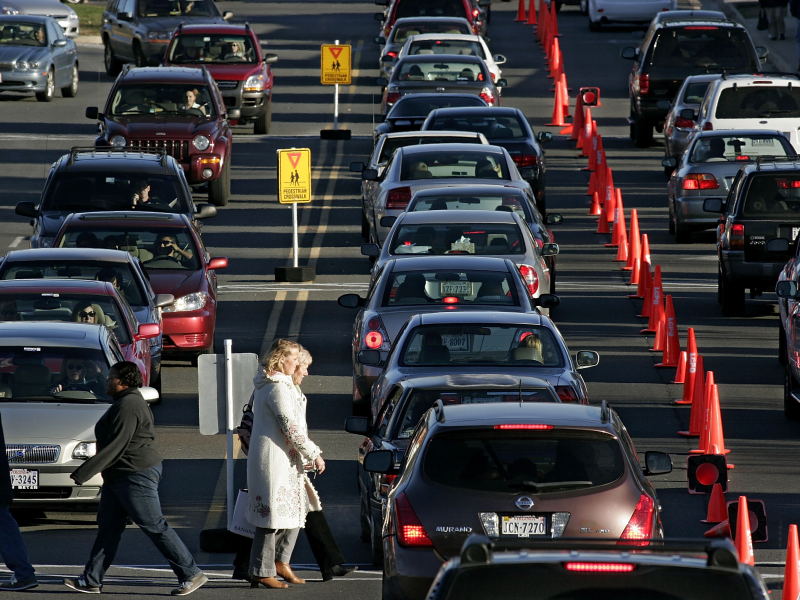
And car accidents.
In his 2014 paper on the relationship between DST and fatal vehicle crashes, Austin C. Smith, an assistant professor of economics at Miami University, reports a 6.3% increase in fatal car accidents for six days following the spring time change.
Smith provides two main reasons for the spike in car accidents: DST not only interrupts sleeping patterns, but modifies the relationship between clock time and solar time. Drivers, drowsier than usual, must acclimate to darker mornings and lighter evenings.
You might be less productive at the office because of DST.
DST might also be to blame for cyberloafing - the act of wasting time online at work. A series of studies conducted at Pennsylvania State University in 2012 found that on the Monday after the time change employees are more likely to browse websites unrelated to their job.
The first study looked at existing data on the relationship between sleep loss and cyberloafing. Researchers examined Google search trends from 2004 to 2009 in 203 metro areas for "Entertainment" (i.e., YouTube, videos, music, ESPN, and Facebook). To narrow their study, they limited their search window to the Monday after DST went into effect, and the Mondays that immediately preceded and followed that day.
For the second study, researchers conducted a lab experiment in which 96 undergraduate students were asked to watch and answer questions about a video lecture the day after tracking their sleep with an Actigraph electronic sleep monitor. On average, the subjects - 43% of which were male - were 22 years old.
Seasonal affective disorder (SAD) can be caused by daylight savings.
When DST ends, the shift to shorter days with fewer hours of sunlight can trigger seasonal affective disorder (SAD) - a condition that affects 1.6 billion people worldwide.
In a Danish study published in 2017 in the journal Epidemiology, researchers found a direct relationship between hospital admissions for depression and DST. Not only were admissions highest in the winter, they peaked right after the time change.
Reverse SAD, too. (Yeah, that's a thing.)
It's rare, affecting a tenth of all SAD sufferers, but some people get the summer blues instead of the winter doldrums. Although there isn't consensus on the exact cause of reverse SAD, the phenomenon has been attributed to excessive exposure to sunlight, high temperatures, and even partying, since we're enticed to stay up later when the days get longer.
Although DST was first introduced to save energy, the time change has the opposite effect.
DST may have been officially invented by George Vernon Hudson, a New Zealand Scientist, and British builder William Willett (the men came up with the concept independently, 10 years apart), but Benjamin Franklin was one of the first proponents of implementing a time change to save energy.
In a paper he submitted to a French journal, the Founding Father, an acclaimed inventor, proposed that if there were more hours of daylight, people wouldn't waste as many candles lighting their homes at night - a pretty radical idea in a pre-electricity world. More than a century later, the US government established a temporary daylight saving time during the World Wars to conserve electricity and fuel.
Ironically, DST in its current iteration causes us to consume energy rather than conserve it. We know this thanks to a 2008 National Bureau of Economic Research study that focused on energy use in Indiana, a state whose counties did not uniformly observe DST until 2006. The study found that DST increased residential electricity demand by an estimated 1%. Apparently, DST increases demand for heating and, even more so, cooling.

In the spring and summer, extra daylight means you're more tempted to spend money after work.
DST is in the best interest of the retail lobby. Your wallet, on the other hand? Not so much. According to a 2016 survey by JPMorgan Chase & Co. Institute, the extra hour of daylight had people spending more money.
"The first and most persistent lobby for Daylight Saving in this country was the Chamber of Commerce, because they understood that if their department stores were lit up, people would be tempted by them," Michael Downing, author of "Spring Forward: The Annual Madness of Daylight Saving Time," told NPR.
Industries like golf and bbq have benefitted. Downing said that the golf industry told Congress that an extra month of daylight-saving was worth $200 million in 1986 (the year Congress gave us an extra month of DST), and the bbq industry claimed it would boost sales by $100 million.



